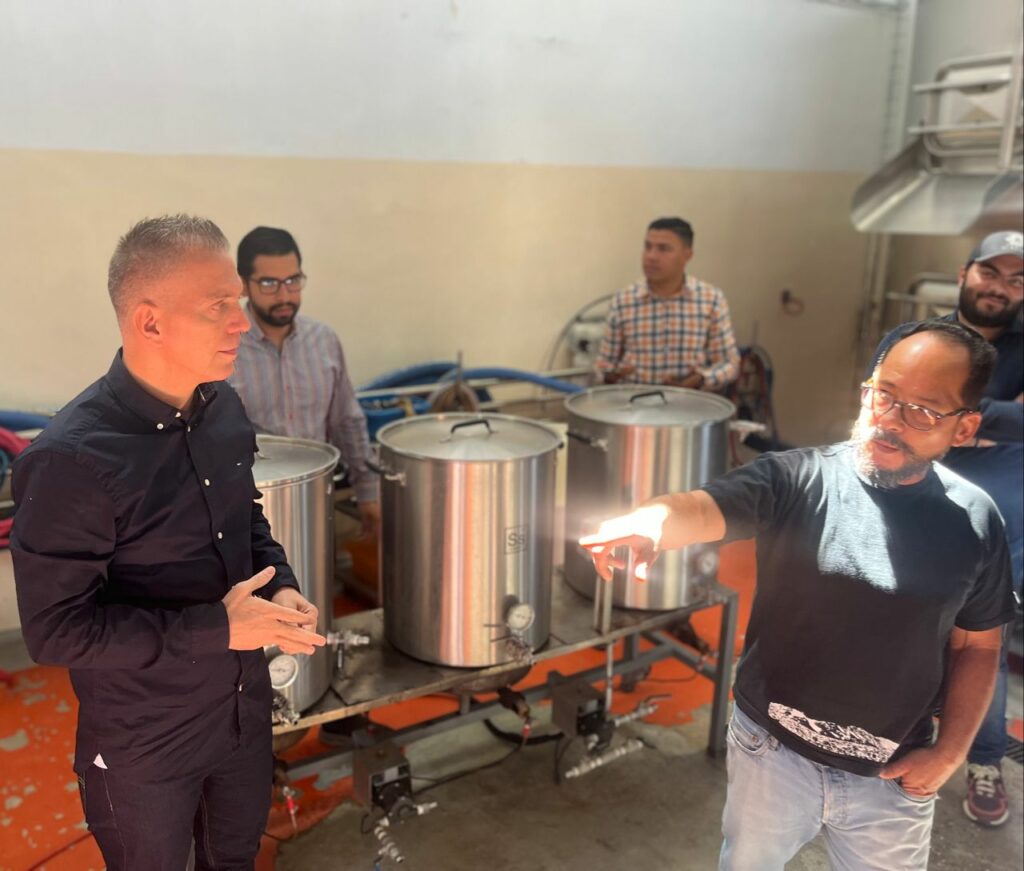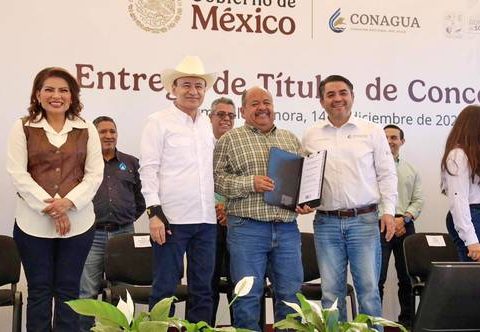The amount of authorized imports since the implementation of the Import System of the Argentine Republic (SIRA) reached US$ 27,335 million, between October 2022 and last February, which implied an increase of 11% compared to the same previous period. according to a report prepared by the Ministry of Economy.
In that sense, since The Palacio de Hacienda detailed that 236,717 applications submitted through SIRA by companies were approvedequivalent to 75% of the total procedures formulated in the last five months.
The amount also meant 2% more than the applications approved between October 2021 and February 2022.
In the monthly evolution, Authorizations increase month by month, going from 60% in October -when the system was launched- to 76% in February of this yearaccording to official data.
“Very coordinated work is being done between the AFIP, the Ministry of Commerce and Customs to have a system that has been shown to be effective and without bottlenecks. It is false that there are any,” sources told Télam Economy.
The cases of rejection of the applications submitted through the SIRA respond to the lack of financial capacity of the company, the detection of required inputs that are produced in the country or the existence of inconsistencies between the average volume of imports requested in the last 2 years and one month on time.
On this last point,From Economy they put into operation a system of a “risk matrix”which automatically evaluates potential inconsistencies in a request, taking into account the historical record of the last 24 months.
“The objective is to optimize the available currencies, prioritize production and employment, and not give rise to overstocking of companies”the sources stressed.
The total volume of import applications submitted reached US$35,836 million (+44% year-on-year) from the start of the system until February 23, of which US$27,335 million (76% of the total requested) were authorized.
The notable increase in import requests coincides with a survey that Copal and the UIA carried out on different areas of the companies that comprise them, which reflected an average 50% increase in import projections for this year.
In this regard, from Economy they indicated that such increases are not proportional to a GDP growth target of 2% projected for 2023 and that, instead, they show the willingness of companies to increase their stock of merchandise well above their capacity to sale.
Of the total authorized money orders, 51% corresponded to inputs and materials for production, with an approval rate of 81% of what was requested; 20% to fuels and energy, with 96% approval of the request; 16% to capital goods, with 55% approval of the request; and the remaining 13% in final consumer goods (including cars), with 70% authorization on what was requested.
According to the sources, the limitation on the importation of capital goods responds, on the one hand, to the fact that, given the foreign exchange restriction, it was sought to prioritize the entry of inputs and intermediate goods, so that companies do not see their production processes interrupted and, on the other, because the use of installed capacity today is around 70%, which shows that there is room for growth in production without the need to incorporate new equipment.
In any case, they clarified that currency transfer was enabled for companies that justified a significant qualitative leap with the new machinery.
Regarding the payment of imports, The Economy report detailed that 96% was carried out through the Single and Free Exchange Market (MULC), and 4% was with the companies’ own currencies.
An example of the latter were some automakers, which have open collection accounts, through which customers who want to buy an imported vehicle model make the purchase in dollars and these currencies are used to close the operation.
The SIRA was created by joint resolution 5271/2022 of the Federal Administration of Public Revenues (AFIP) and the Secretary of Commerce, replacing the Integral Import Monitoring System (SIMI).
The new system takes into account an analysis of the importer’s economic and financial capacity and the customs and fiscal risk profile, and establishes a “Single Foreign Trade Account”, which allows registering and consulting the importer’s exchange operations, linked to the procedures of import.
The operation makes it possible to identify in advance those operations that are not related to the economic and financial capacity of the importer, as well as to review the importer’s history to “guarantee compliance with the basic safety regulations of imported products.”


















